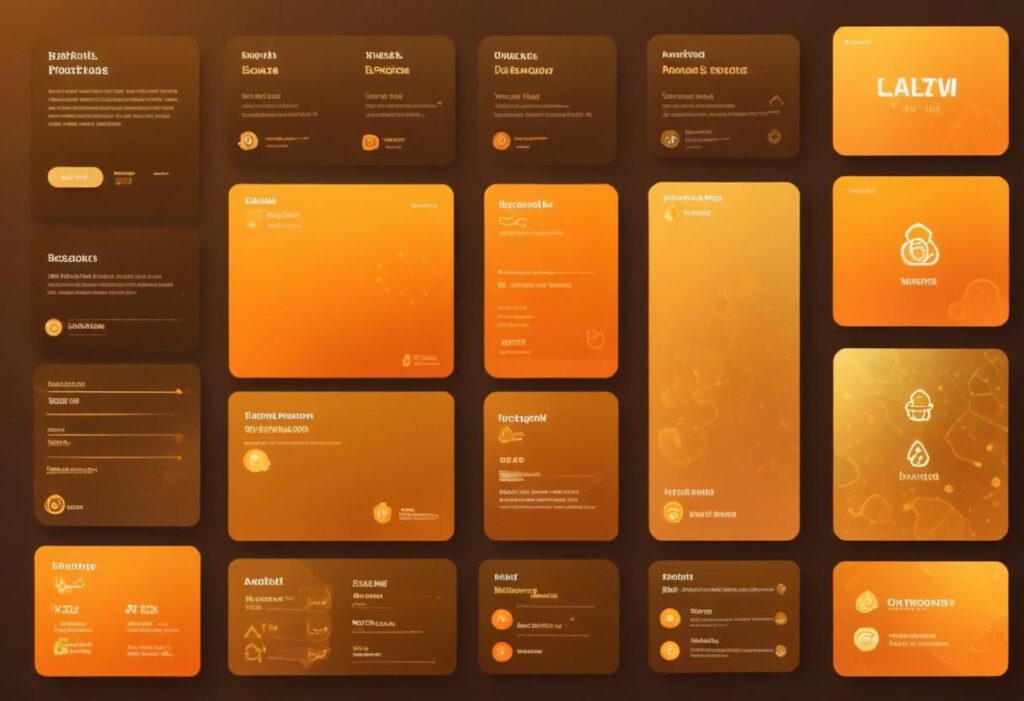What are Web Services?
Web services are standardized methods of communication between different software applications over the web. They allow disparate systems to interact with each other, regardless of the underlying technology or platform. Web services use standard protocols and data formats, such as HTTP, XML, and JSON, to facilitate these interactions.
Key Concepts
- Service-Oriented Architecture (SOA): Web services are a key component of SOA, a design pattern that allows different applications to communicate with each other and share data and services over a network.
- Interoperability: Web services enable interoperability between different systems by using standardized protocols and data formats, ensuring that different systems can work together seamlessly.
- Loose Coupling: Web services are loosely coupled, meaning that the services are independent of the platforms and technologies used by the client and server. This allows for greater flexibility and easier integration.
- Scalability: Web services can be scaled to handle a large number of requests and users, making them suitable for enterprise-level applications and distributed systems.
Types of Web Services
- SOAP (Simple Object Access Protocol):
- Protocol: SOAP is a protocol that defines a set of rules for structuring messages and relies on XML for message formatting.
- Transport: It can use various transport protocols, including HTTP, SMTP, and more.
- Features: SOAP provides a high level of security, transaction management, and is suitable for enterprise-level applications.
- REST (Representational State Transfer):
- Architecture: REST is an architectural style that uses standard HTTP methods (GET, POST, PUT, DELETE) for communication.
- Data Format: It typically uses JSON or XML for data interchange.
- Features: REST is lightweight, easy to use, and suitable for web applications and mobile apps.
- GraphQL:
- Query Language: GraphQL is a query language for APIs that allows clients to request only the data they need.
- Flexibility: It provides a more flexible approach to querying data compared to REST.
- Features: GraphQL can reduce the number of requests and improve performance by allowing clients to fetch nested data in a single query.
How Web Services Work
Web services typically follow a client-server architecture where:
- Client: The client makes requests to the web service to perform operations or retrieve data.
- Server: The server hosts the web service and processes requests from clients.
Examples and Code
Example 1: SOAP Web Service
Server-Side (SOAP Web Service in Python using Flask):
from flask import Flask, request
from flask_suds import Suds
from suds.client import Client
app = Flask(__name__)
suds = Suds(app)
@app.route('/soap', methods=['POST'])
def soap():
client = Client('http://example.com/service?wsdl')
result = client.service.helloWorld()
return result
if __name__ == '__main__':
app.run(debug=True)
Client-Side (SOAP Request in Python):
from suds.client import Client
client = Client('http://example.com/service?wsdl')
result = client.service.helloWorld()
print(result)
Example 2: REST Web Service
Server-Side (REST Web Service in Node.js using Express):
const express = require('express');
const app = express();
const port = 3000;
app.use(express.json());
app.get('/api/greet', (req, res) => {
res.json({ message: 'Hello, World!' });
});
app.post('/api/greet', (req, res) => {
const name = req.body.name;
res.json({ message: `Hello, ${name}!` });
});
app.listen(port, () => {
console.log(`Server running at http://localhost:${port}`);
});
Client-Side (REST Request using Fetch API):
// GET request
fetch('http://localhost:3000/api/greet')
.then(response => response.json())
.then(data => console.log(data));
// POST request
fetch('http://localhost:3000/api/greet', {
method: 'POST',
headers: { 'Content-Type': 'application/json' },
body: JSON.stringify({ name: 'Alice' })
})
.then(response => response.json())
.then(data => console.log(data));
Choosing Between SOAP and REST
- SOAP: Choose SOAP if you require strict standards, high security, or transactional reliability. SOAP is often used in enterprise environments with complex requirements.
- REST: Choose REST for simpler, lightweight services where ease of use and performance are important. REST is widely used in web and mobile applications.
Conclusion
Web services play a vital role in modern software development, enabling seamless communication between different systems and platforms. Whether using SOAP for robust, enterprise-level interactions or REST for flexible, lightweight services, understanding web services and their use cases is essential for building scalable and interoperable applications. By leveraging web services, developers can create applications that interact efficiently with other systems and services, enhancing functionality and user experience.
